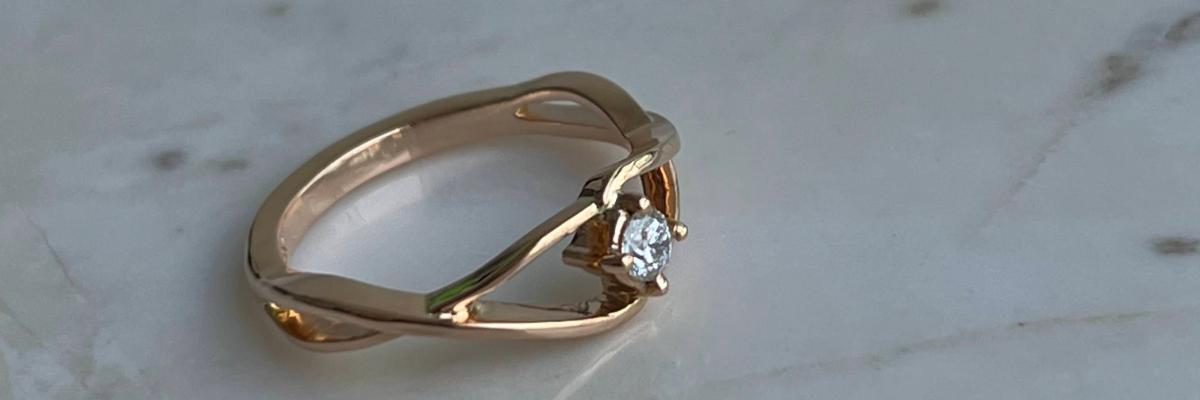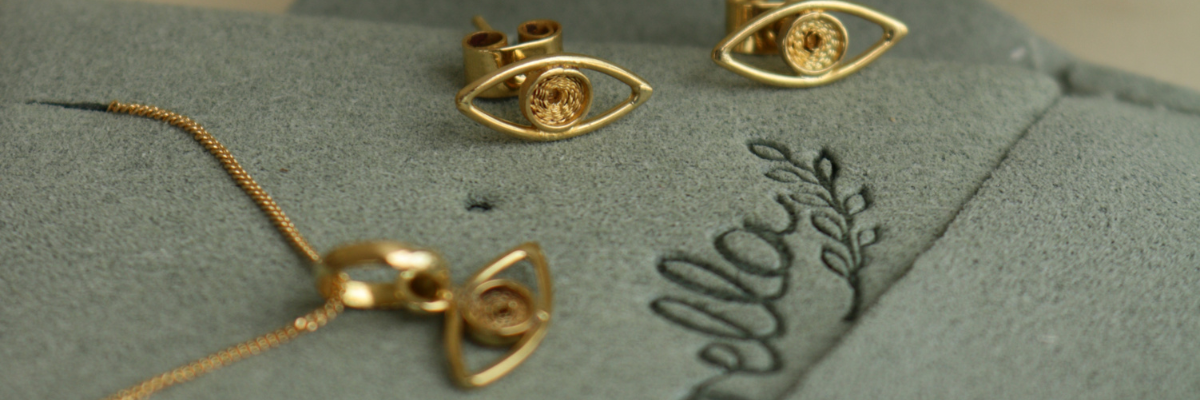Diamonds, eternal symbols of love, luxury, and commitment, have fascinated humanity for centuries. Their brilliance and beauty make them the most coveted gem, but they also make them a target for imitations and frauds.
How can you be sure that the diamond shining in your hands is truly authentic? This complete guide will reveal the secrets and techniques to differentiate a real diamond from a fake stone and avoid falling victim to a scam.

Why is it crucial to know if a diamond is real?
Purchasing a diamond represents a significant investment, whether for an engagement ring, a special gift, or as part of a collection. Ensuring the stone is authentic ensures its long-term value and beauty.
Additionally, knowing the authenticity of a diamond protects you from potential fraud and allows you to make informed decisions when buying or selling jewelry. A natural diamond is a secure investment that can be passed down from generation to generation, while an imitation is worthless and can deteriorate over time.
Home tests to identify a real diamond:
The water test: an infallible classic
- Fill a glass with water and cover ¾ of its capacity.
- Carefully lower the diamond into the water.
- Observe the result: if the diamond sinks to the bottom, it's most likely real due to its high density. If it floats or remains suspended in the water, it's a clear sign that it's an imitation.
The breath test: a revealing breath
- Wipe the diamond with a soft cloth to remove any traces of dirt or grease.
- Exhale gently over the diamond, as if you were fogging a mirror.
- Observe the reaction: If the haze dissipates quickly, within a second or two, it's a characteristic of a real diamond, as it conducts heat efficiently. If the haze persists longer, it's likely a fake, as imitations don't dissipate heat as quickly.
The newspaper test: a look through the glass
- Place the diamond on a piece of newspaper with the lettering on it, flat side down.
- Try to read the letters through the diamond.
- If you can read the lettering clearly, it's a sign it's an imitation. Natural diamonds refract light in such a way that it distorts the image and makes the lettering appear blurry or illegible.
The magnifying glass test: a journey into the diamond's interior
- Use a jeweler's loupe to examine the diamond closely.
- Look for natural imperfections, such as small spots, inclusions, or lines. These imperfections are common in real diamonds and are a testament to their authenticity.
- Imitations are usually perfect, without imperfections, which makes them suspicious.
Professional tests to verify the authenticity of a diamond:
A Certified Gemologist's Examination: The Voice of Experience
- The best way to verify a diamond's authenticity is to consult a certified gemologist. These professionals have the specialized knowledge and tools to examine diamonds and determine their authenticity, quality, and value.
- A certified gemologist can perform tests such as light refraction, fluorescence, and thermal conductivity to identify natural diamonds.
The certificate of authenticity: a valuable document
- When purchasing a diamond, it is essential to request a certificate of authenticity issued by a recognized gemological laboratory, such as GIA (Gemological Institute of America) or AGS (American Gem Society).
- This certificate guarantees the authenticity of the diamond and provides detailed information about its characteristics, such as color, clarity, carat weight, and cut.
Distinctive characteristics of a real diamond:
- Extreme hardness: Diamonds are the hardest known natural substances, reaching grade 10 on the Mohs scale.
- Incomparable brilliance: Diamonds have a unique brilliance due to their high refraction of light, which gives them a sparkling appearance.
- Dazzling Fire: Diamonds scatter light into flashes of color, creating an optical effect known as "fire."
- Variable Clarity: Diamonds can have natural inclusions, but the fewer the inclusions, the higher the clarity and value.
- Various colors: Diamonds can be colorless or have slight yellow, brown, or even fancy colors such as pink or blue.
Most common diamond imitations:
- Cubic Zirconia: A popular synthetic imitation, but less hard and brilliant than a real diamond.
- Crystal: An inexpensive imitation, but much softer and less brilliant than a diamond.
- White Topaz: A natural gemstone that may resemble natural diamonds, but is less hard and brilliant.
- Moissanite: A synthetic imitation that closely resembles diamond, but has a different brilliance and fire.

Conclusion:
Differentiating a real diamond from an imitation can be a challenge, but with the right home testing and professional techniques, you can ensure you make an informed decision and protect your investment.
Remember that the best way to verify the authenticity of a diamond is to consult a certified gemologist and obtain a certificate of authenticity.
If you have any doubts about the authenticity of a diamond, don't hesitate to contact a professional gemologist. Your investment and peace of mind are worth it!
At Laurella, you won't have to worry about whether your diamond is real, fake, or another type of precious stone, because we have brand certificates for your jewelry and GIA certificates for your diamonds.





